Waterfowl at the National Wildlife Refuge
Getting up early and heading out to photograph some waterfowl, I had high hopes for practicing some techniques I had recently reviewed. With my equipment, a towel to sit on, and my coffee, it was an exciting prospect to achieve the images for which I was so hopeful.
After arriving, I made my way to my planned location. As quietly as I approached the area, I still managed to scare the birds away. But, not being discouraged, I got settled in and waited for them to venture closer. Fortunately, as the birds came closer the light began to illuminate the area and I began snapping away.
Morning is the time for preening and feeding. You can see the many feathers floating on the water’s surface because of the tremendous number of birds there. The birds flew in and out, sometimes circling, and all the while being quite vocal.

northern shoveler
Eventually, I went back to the refuge three different mornings hoping to improve on my photos. So much depends on the light and the behavior of the birds. And, of course, me. On the third day, I set up my tripod. It definitely had some advantages; mainly, my arms and shoulders did not tire from holding the camera/lens. But, it also made it more difficult to get some of the bird behavior.
Can’t find what you’re looking for? Use the Search option below.
When the temperature drops and the days get shorter, it's not just humans who start thinking about heading to warmer climates. Birds, particularly waterfowl, also engage in a mass exodus known as migration.
As my interests evolved in photography subjects, I became interested in wildlife and, ultimately, birds. Because birds are everywhere, they are just such a great subject. Each year during the winter there are thousands of sandhill cranes in the valley who over-winter here.
Observing the loon care for their chicks was fascinating. Known for their haunting calls and striking black and white plumage, common loons are iconic waterbirds found in North America. These incredible birds exhibit remarkable behaviors during the nesting season, especially when tending to their chicks.
Common loons, known for their haunting calls and striking black-and-white plumage, are iconic waterbirds found in North America. Their fascinating behaviors during the breeding season, particularly in caring for their chicks, offer a glimpse into the intricate dynamics of avian family life. Unfortunately for me, we do not have many loons in Northern California near where I live.
From the first time I heard the call of loons on a nature program on TV, I was captivated! The calls of the loons seem a bit forlorn, mysterious, and a somewhat haunting. I wanted to see, hear, and photograph them in person. British Columbia was just the place!
Nesting on power poles might not be the first place that comes to mind when thinking about birds building their homes, but for ospreys, it's a common occurrence that showcases their adaptability and resilience in the face of changing environments.
When we planned our trip to Montana/Wyoming in early May there were a few things we expected. We expected to see bison, maybe coyotes, beautiful scenery, and hoped for bears and other animals. We expected the weather to be chilly. And, we planned to stay in a comfortable hotel, eat good meals, and DRIVE A LOT! We didn’t expect to see the amazing Harlequin Ducks in Yellowstone NP. Thanks to our guide, we did!
There is a small greenbelt area in the center of a little town near where I live. As I was driving down the Main Street, I noticed a rookery in a large tree near the center of the greenbelt. It was full of great egrets and great blue herons as well as a few other smaller birds. I was so surprised to see them, but they have apparently adapted to city life. When I returned a few days later I was able to capture the snowy egrets’ courting ritual and nest building.
When arising early in the morning when it is still dark to go out and photograph something, there is never really any insurance that conditions will be just right. There are lots of apps for offering information about conditions, and they can be quite accurate; but the bottom line is, you just don’t know for sure.
As my interests evolved in photography subjects, I became interested in wildlife and, ultimately, birds. Because birds are everywhere, they are just such a great subject. Each year during the winter there are thousands of sandhill cranes in the valley who over-winter here.
I had high hopes for practicing some techniques I had recently reviewed for photographing waterfowl. With my equipment, a towel to sit on, and my coffee, it was an exciting prospect to achieve the images for which I was so hopeful.
When we planned our trip to Montana/Wyoming in early May there were a few things we expected. We expected to see bison, maybe coyotes, beautiful scenery, and hoped for bears and other animals. We expected the weather to be chilly. And, we planned to stay in a comfortable hotel, eat good meals, and DRIVE A LOT! We didn’t expect to see amazing Harlequin Ducks in Yellowstone NP. Thanks to our guide, we did!
With the changing seasons, birds are migrating through the Pacific Flyway here in Northern California. There are some waterfowl who hang around all year and feed in the flooded rice fields. Once such species is the white faced ibis.
The roads were icy, the air was freezing, and there was snow everywhere. We arrived in Calgary just after their first major snow storm of the season. In the early morning hours while it was still dark, our guide picked us up and we were on our way to find, see, and photograph the Great Gray Owls of Alberta that live in the forests an hour or so outside of Calgary.
It’s mating season for the Mute swans and they perform a very elegant mating ritual which we wanted to photograph. We had gotten to our destination at daybreak when the geese, swans, and other wildlife seemed to be just waking up. It was quite calm and peaceful without much activity.
I enjoy shooting multiple genres. So a couple of years ago, I began learning to shoot wildlife - mainly birds. The Sandhill Cranes are one of the species that occupy our area during the late fall and winter. Armed with only a brief description the location in which I might find them, I headed out very early to locate and photograph them. It's hard to find birds, even very large birds, when it is still dark. But, I did.
The new year arrived with so many birds in January 2022. When the weather becomes cold and foggy or rainy, getting out for landscape photography is a little more difficult. So, I look for other things to shoot. In the Sacramento Valley, we are in the heart of the Pacific Fly Zone, so there's an abundance of migrating waterfowl. There are also lots of birds of prey.
* * * * * * *
As a published, featured northern California fine art photographer living in the greater Sacramento area, I specialize in fine art landscape, nature, and still life photography. My style is authentic, fresh and personality-driven. I offer several educational opportunities including workshops and photography mentoring. You can learn about them by going to SERVICES and WORKSHOPS. While currently living in rural northern California with my husband and a couple thousand walnut trees, I post regularly to Instagram.
Please CONTACT ME with any questions or to schedule your learning session.
Serving Yuba City/Marysville, East Nicolaus, Wheatland, Lincoln, Woodland, Davis, Roseville, Rocklin, and the greater Sacramento area.
(530) 633-7575
Join other advanced photographers who are recognized for their technical and creative work. Learn more HERE.

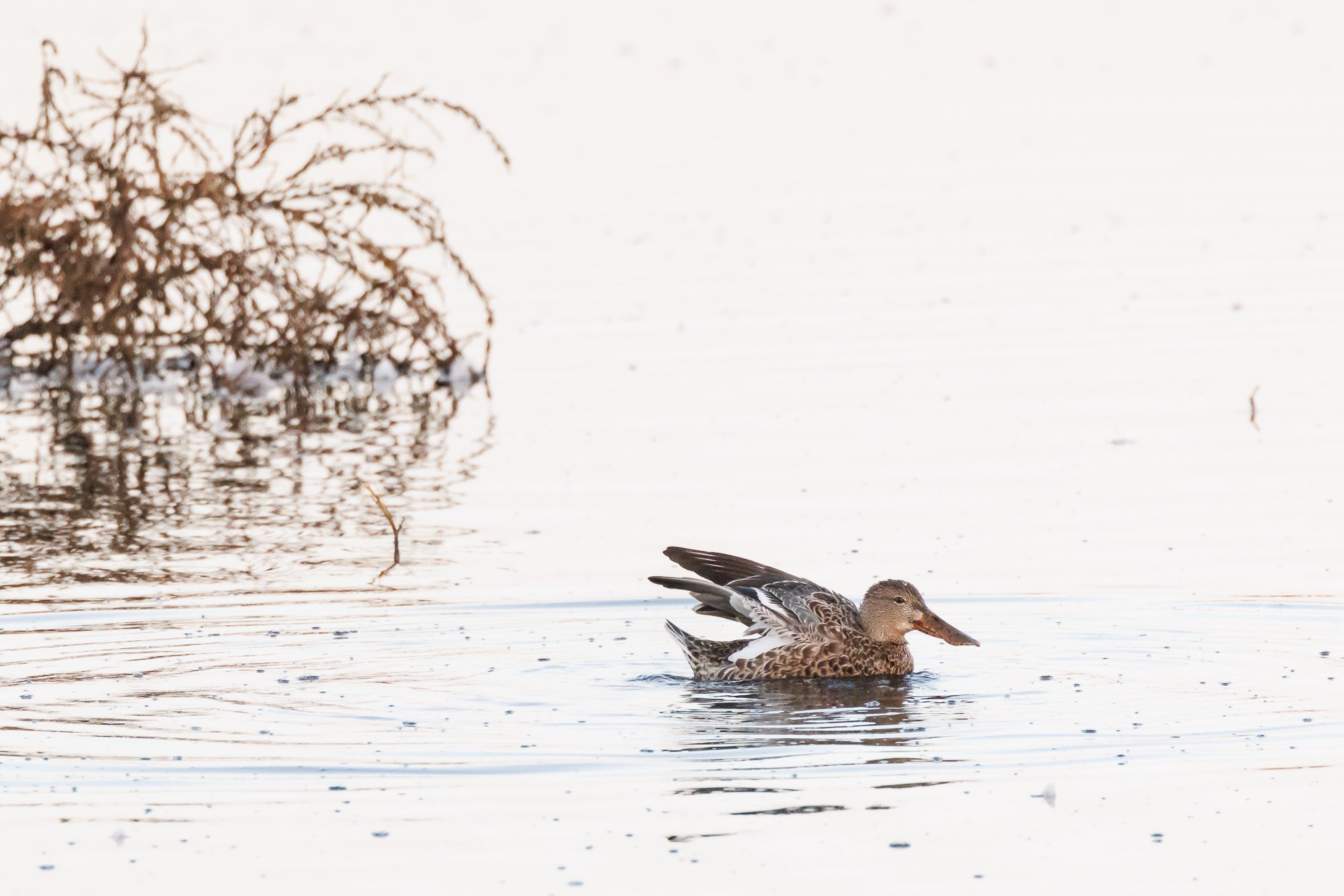
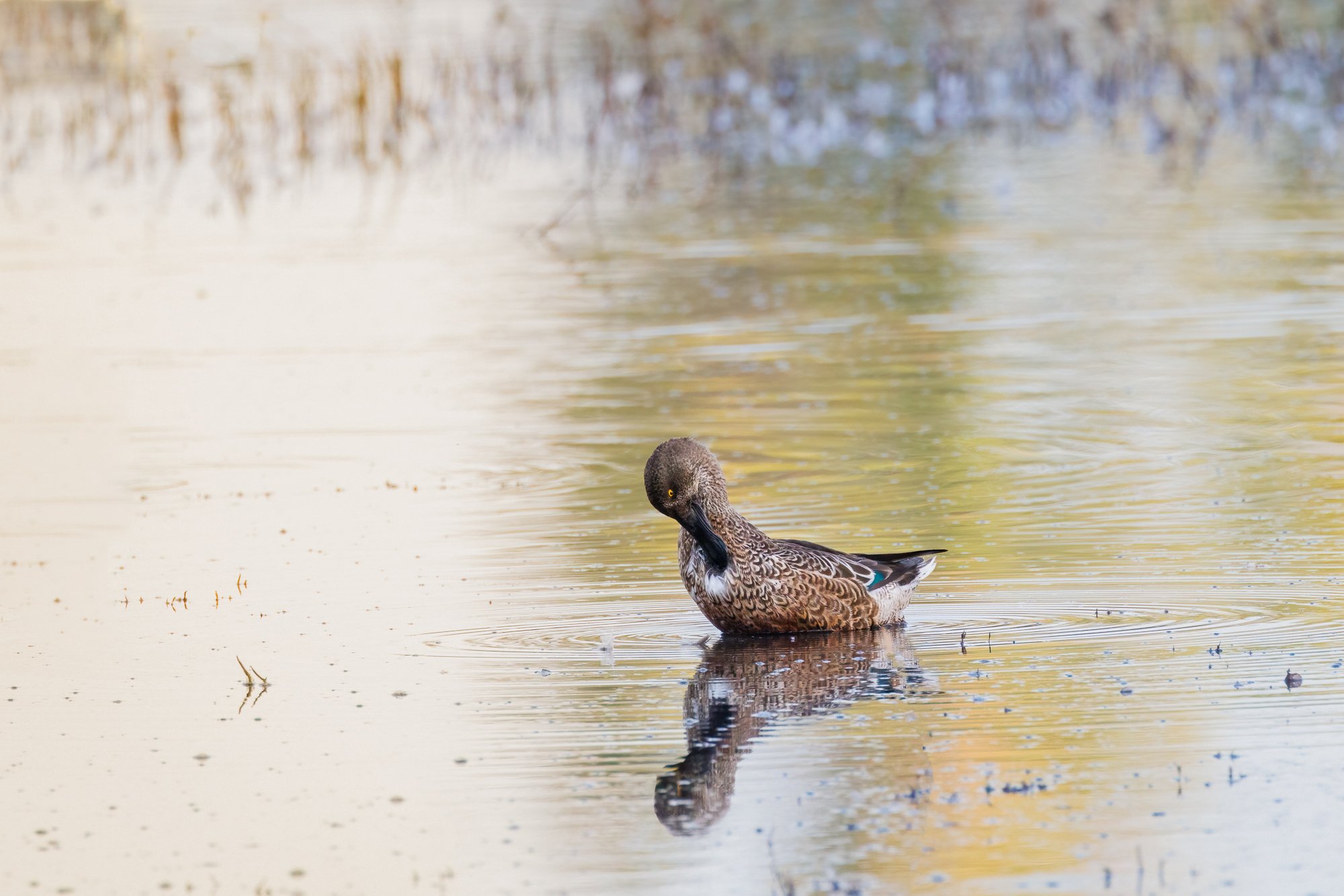
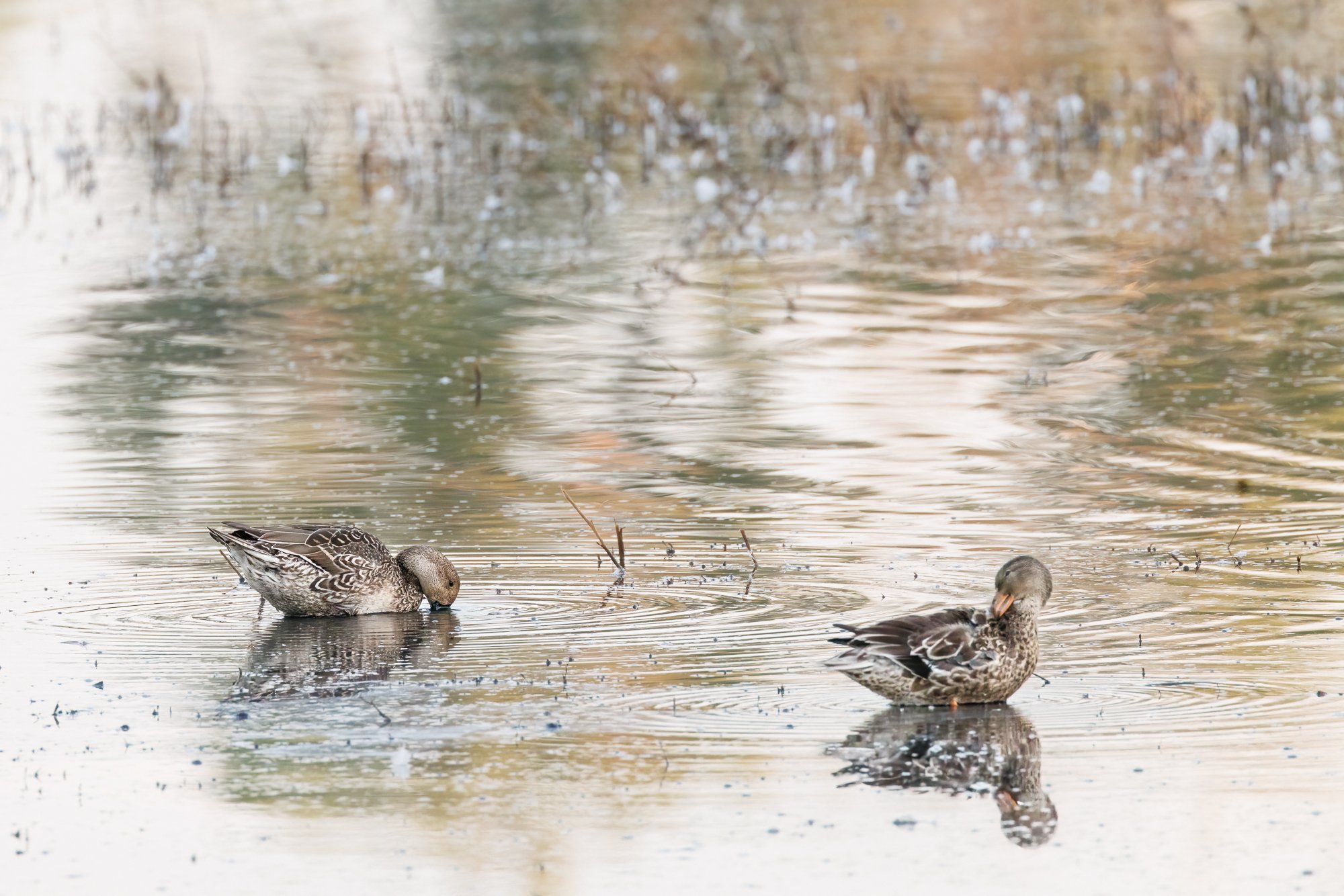
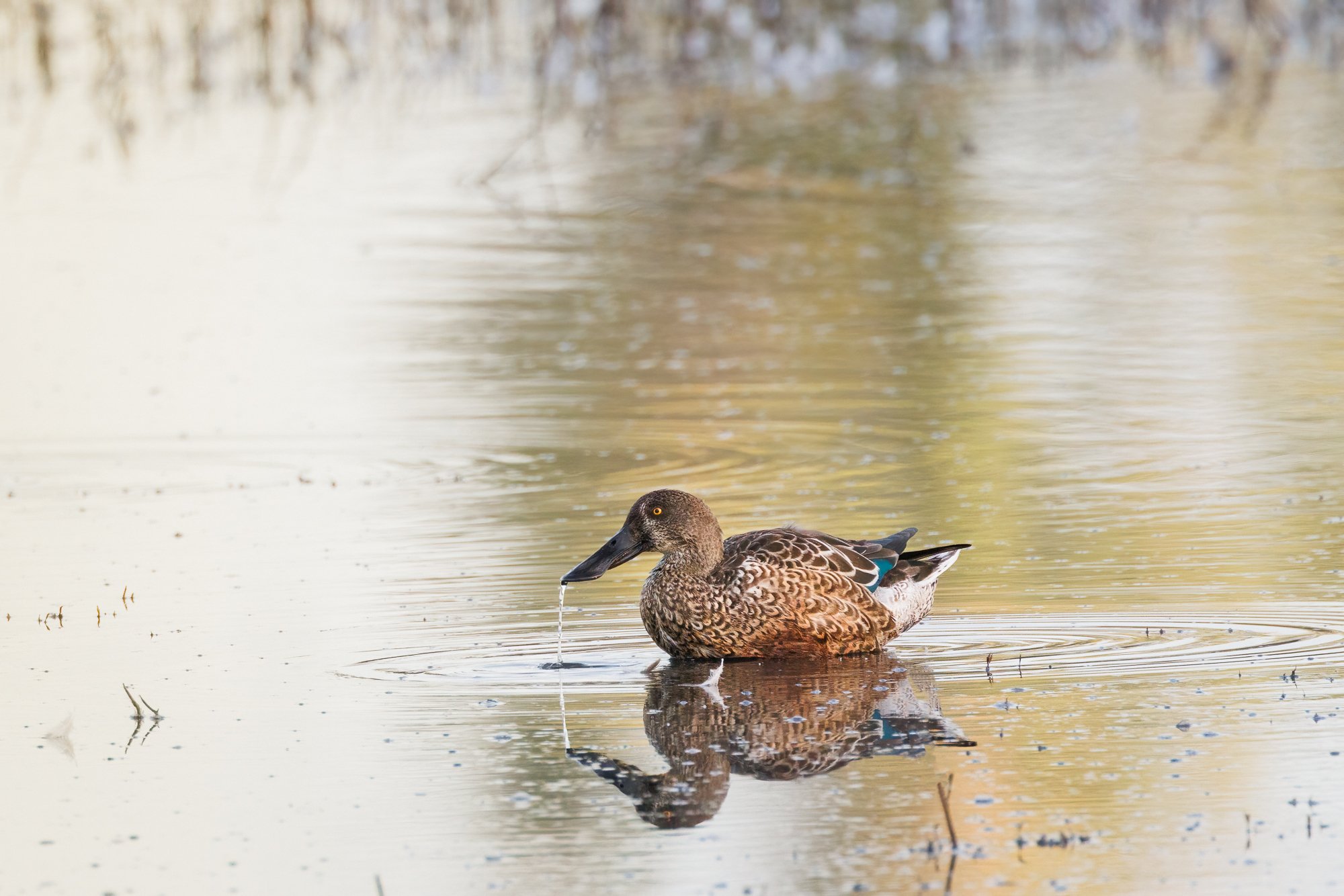
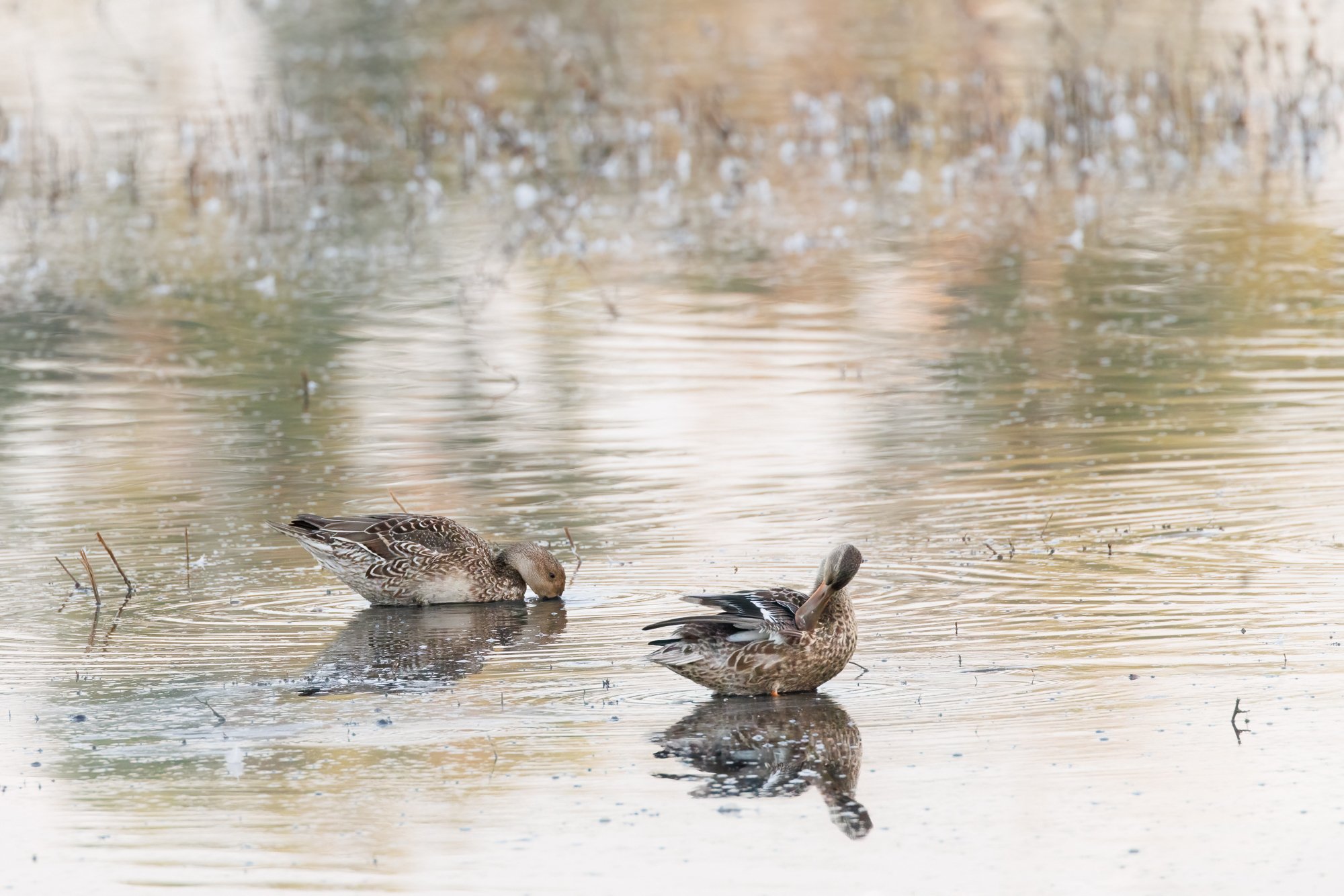
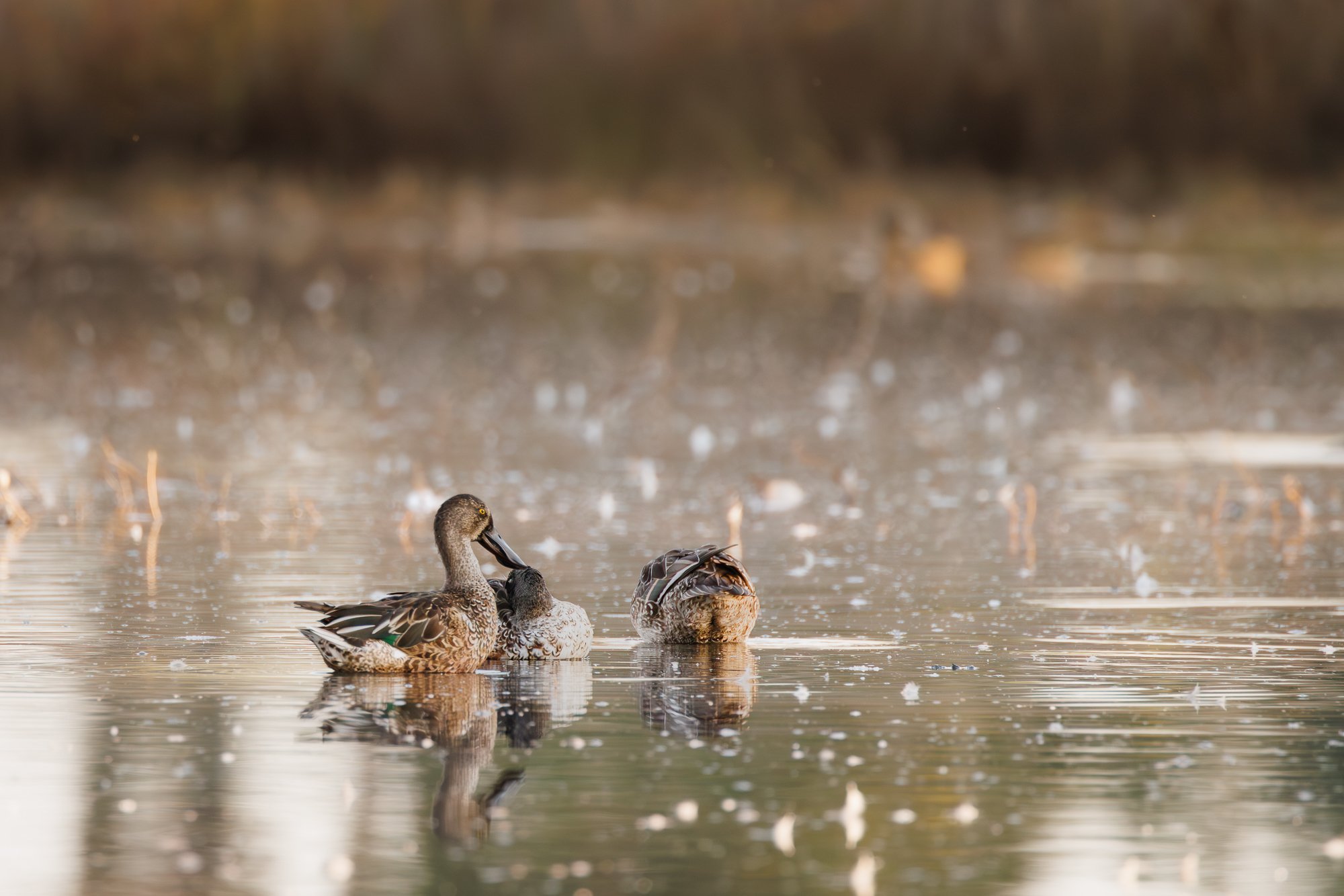
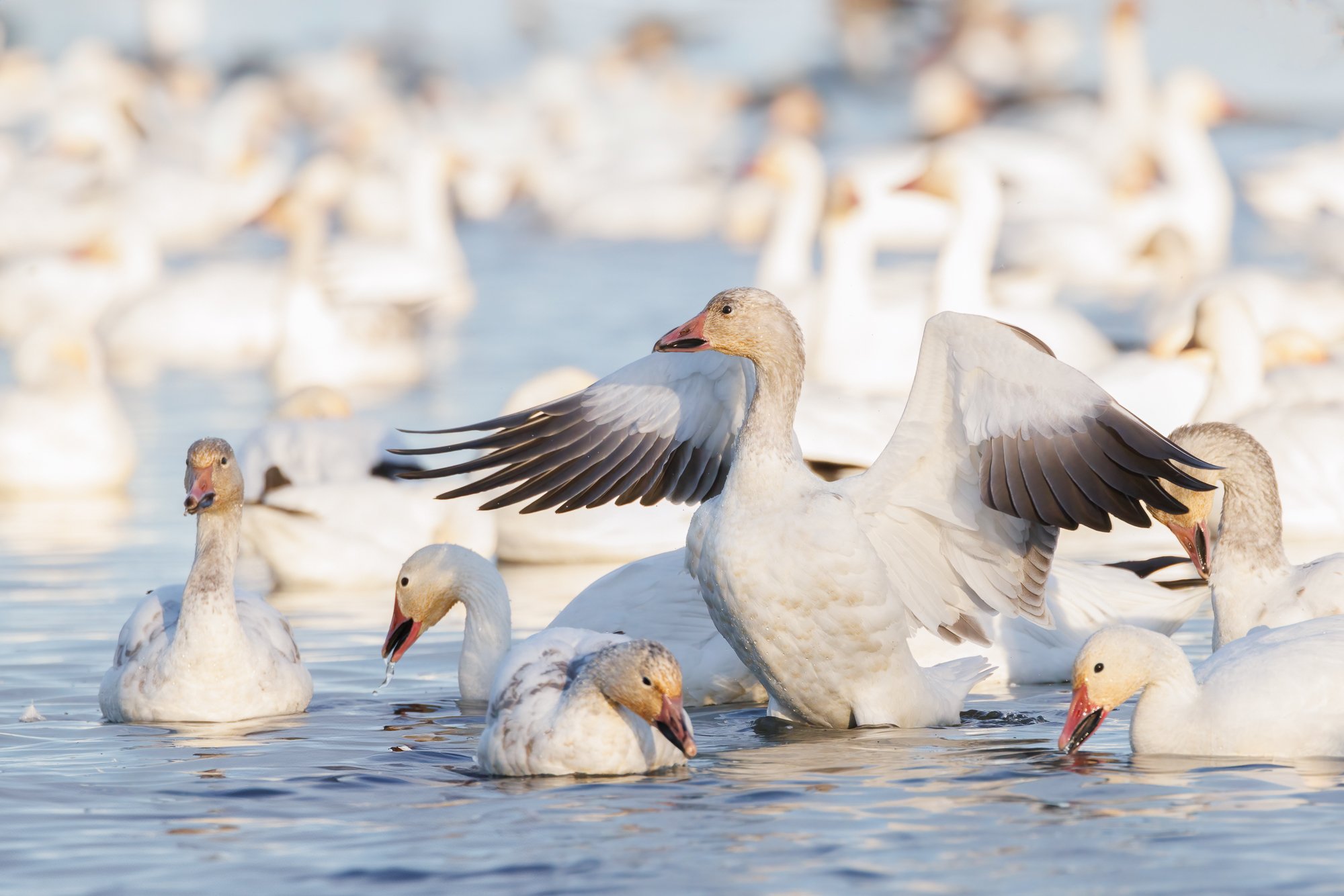


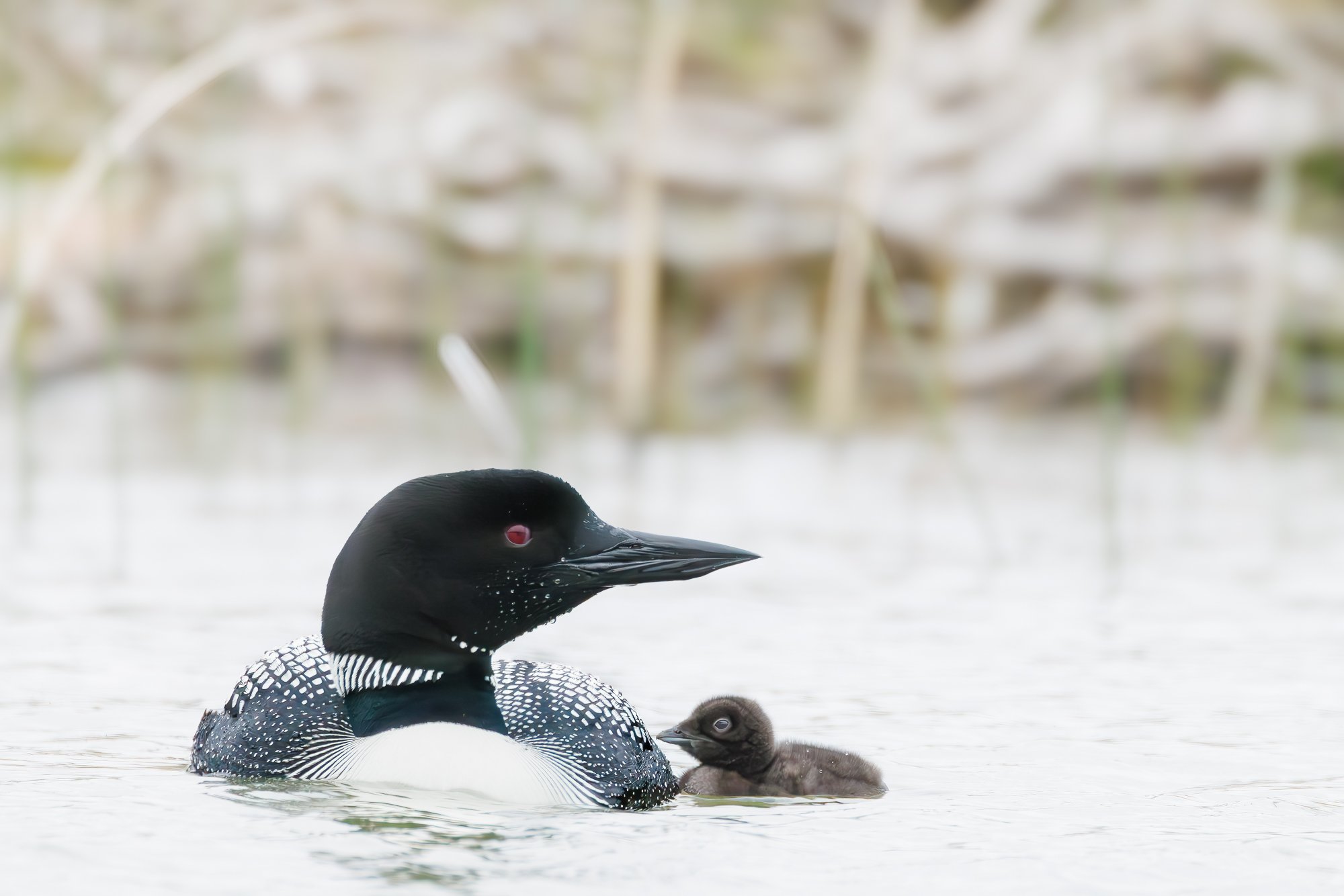

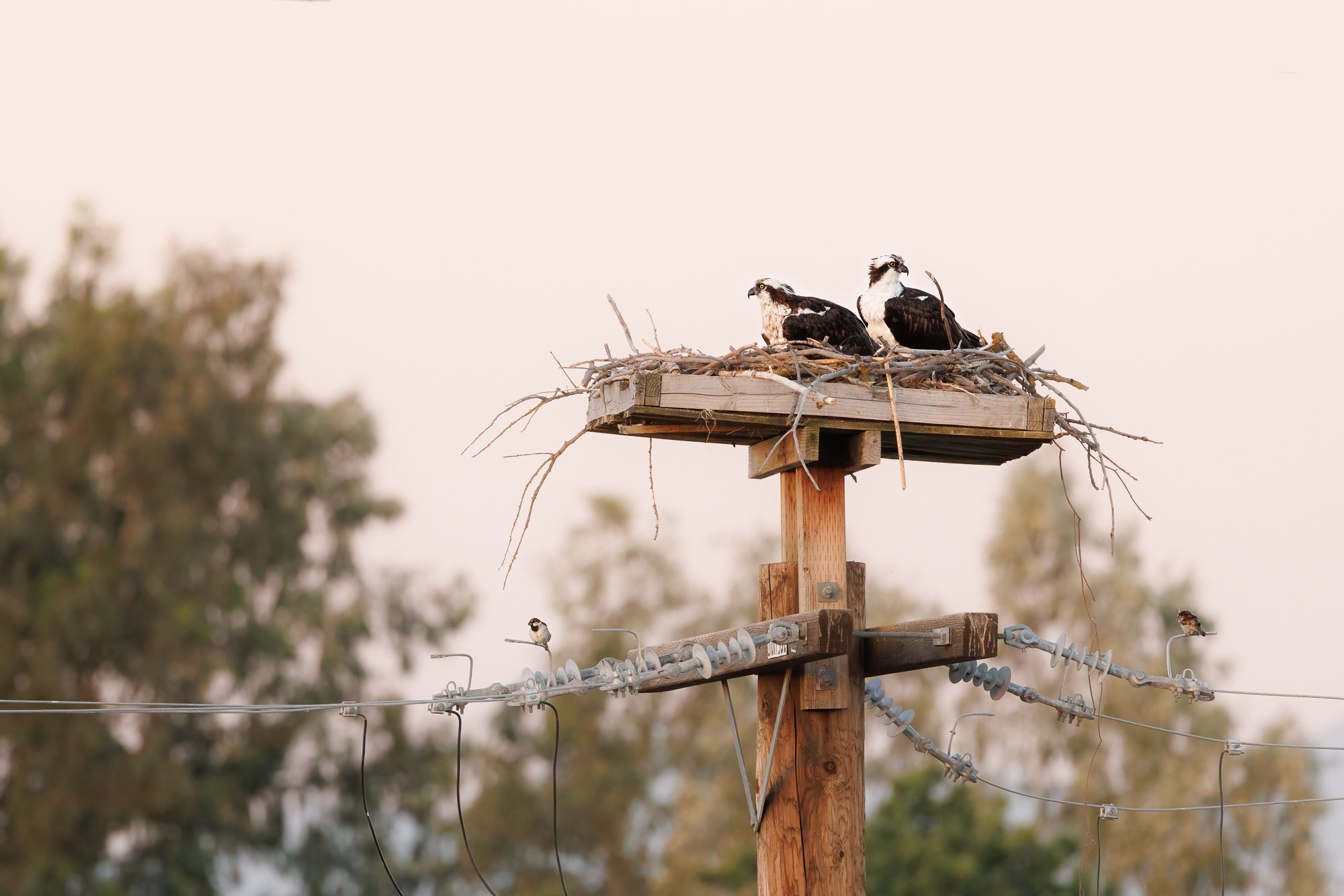


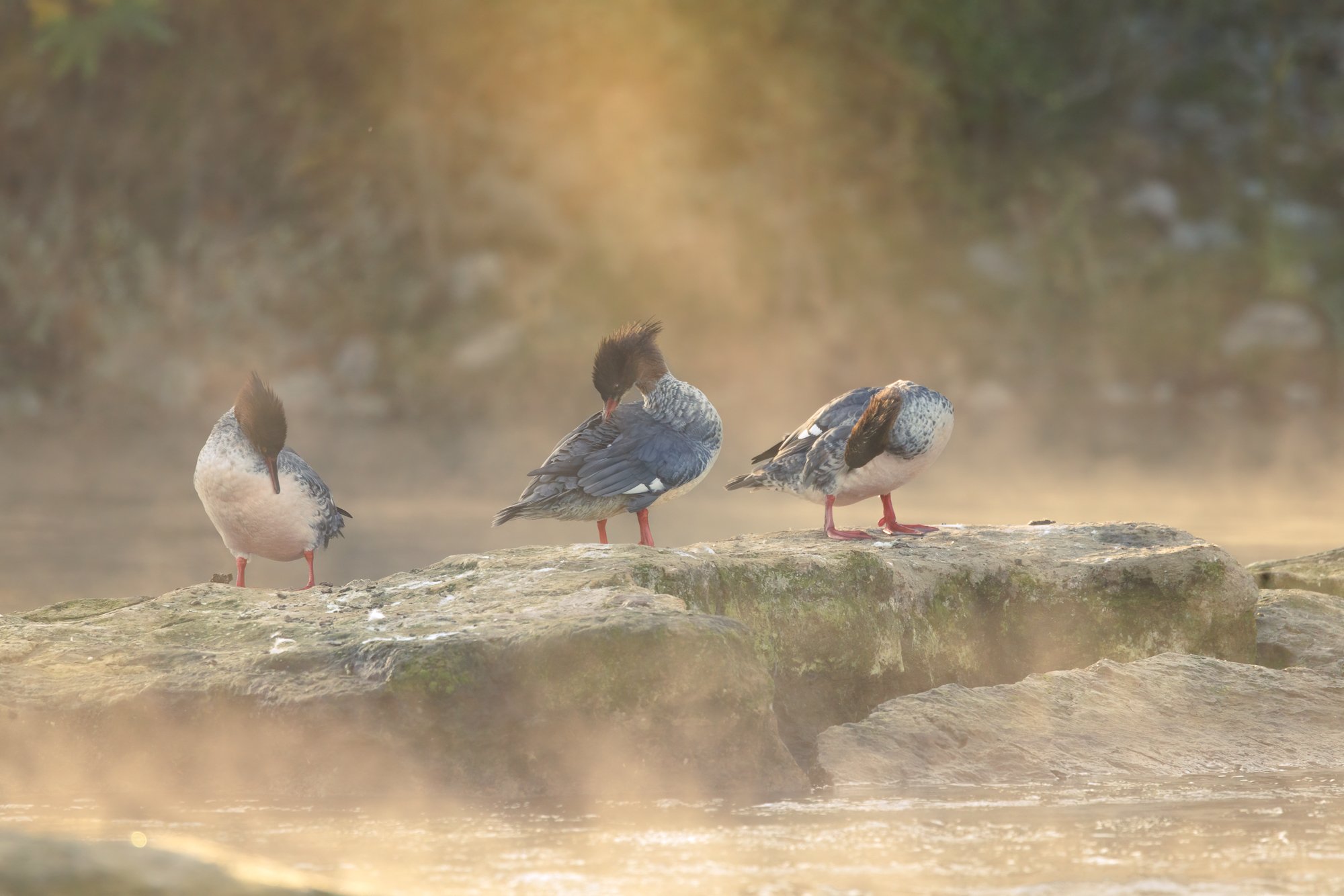

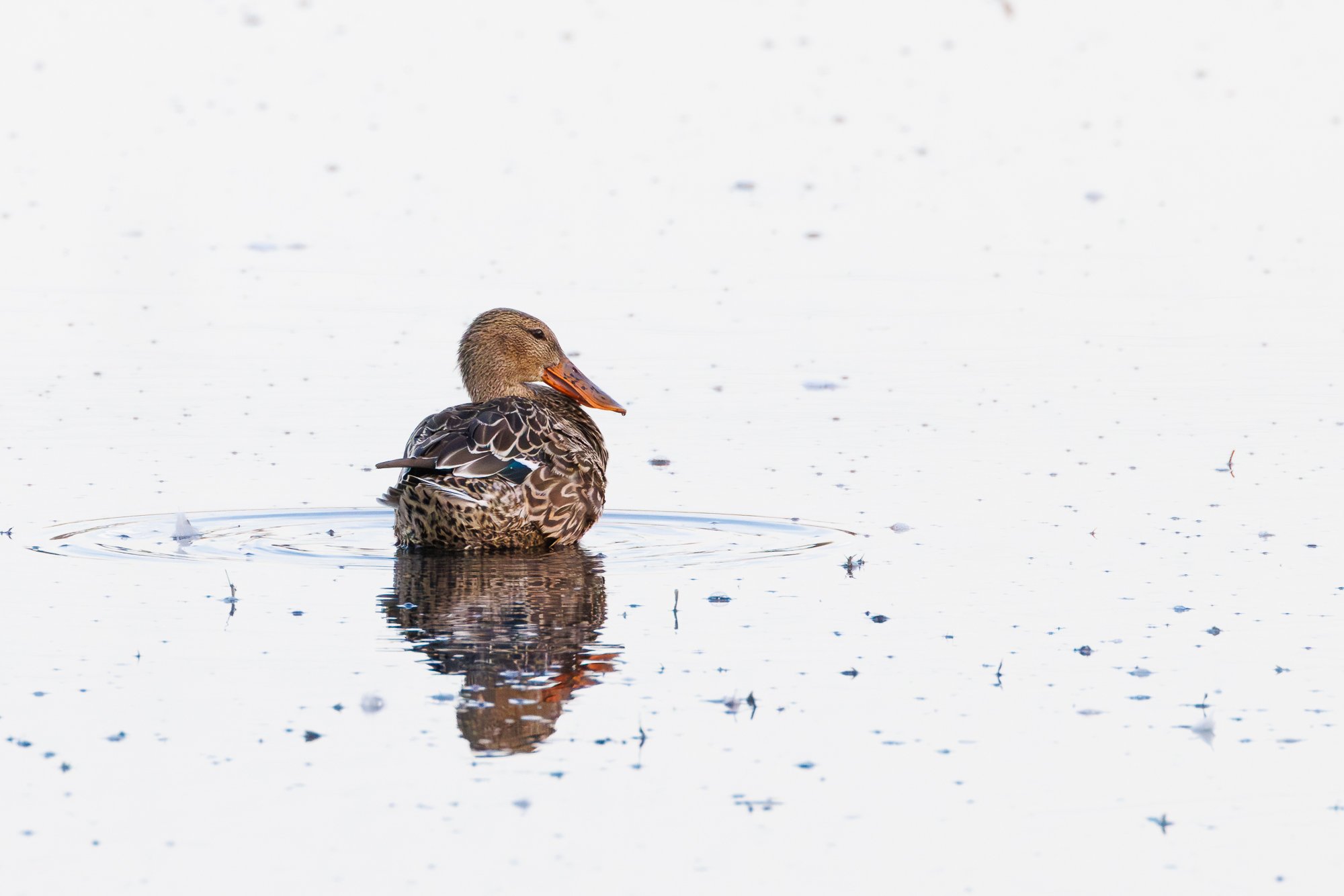
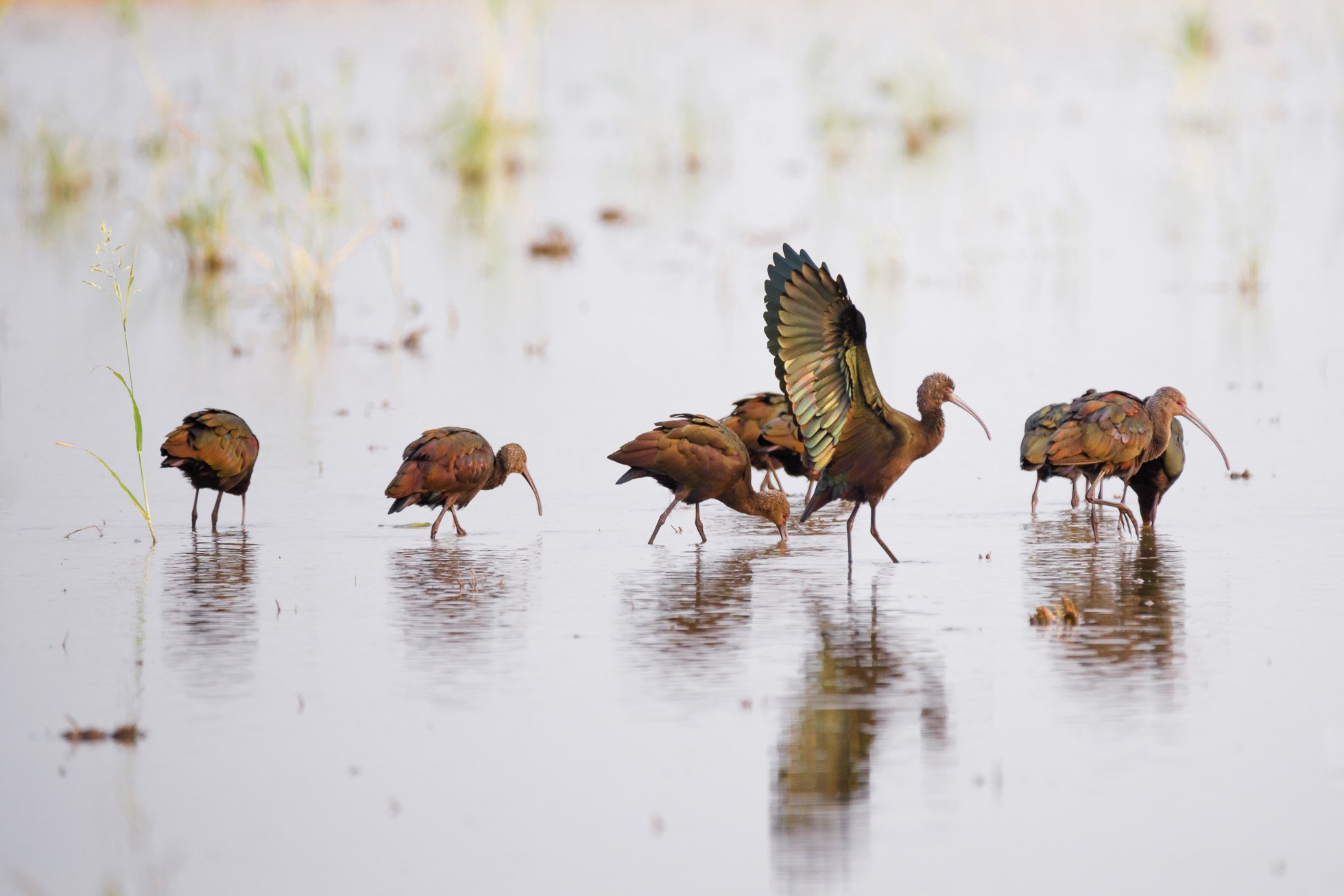


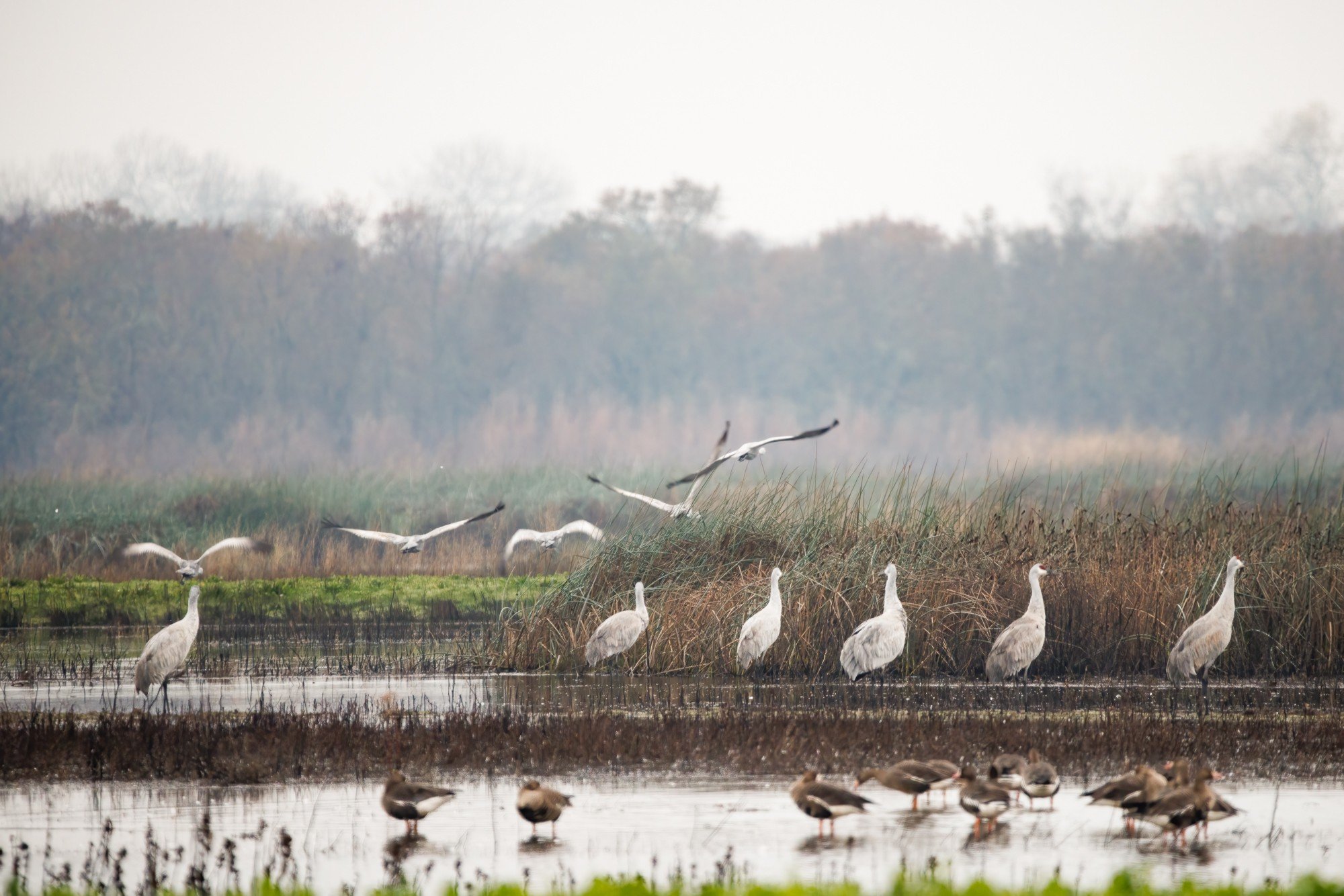
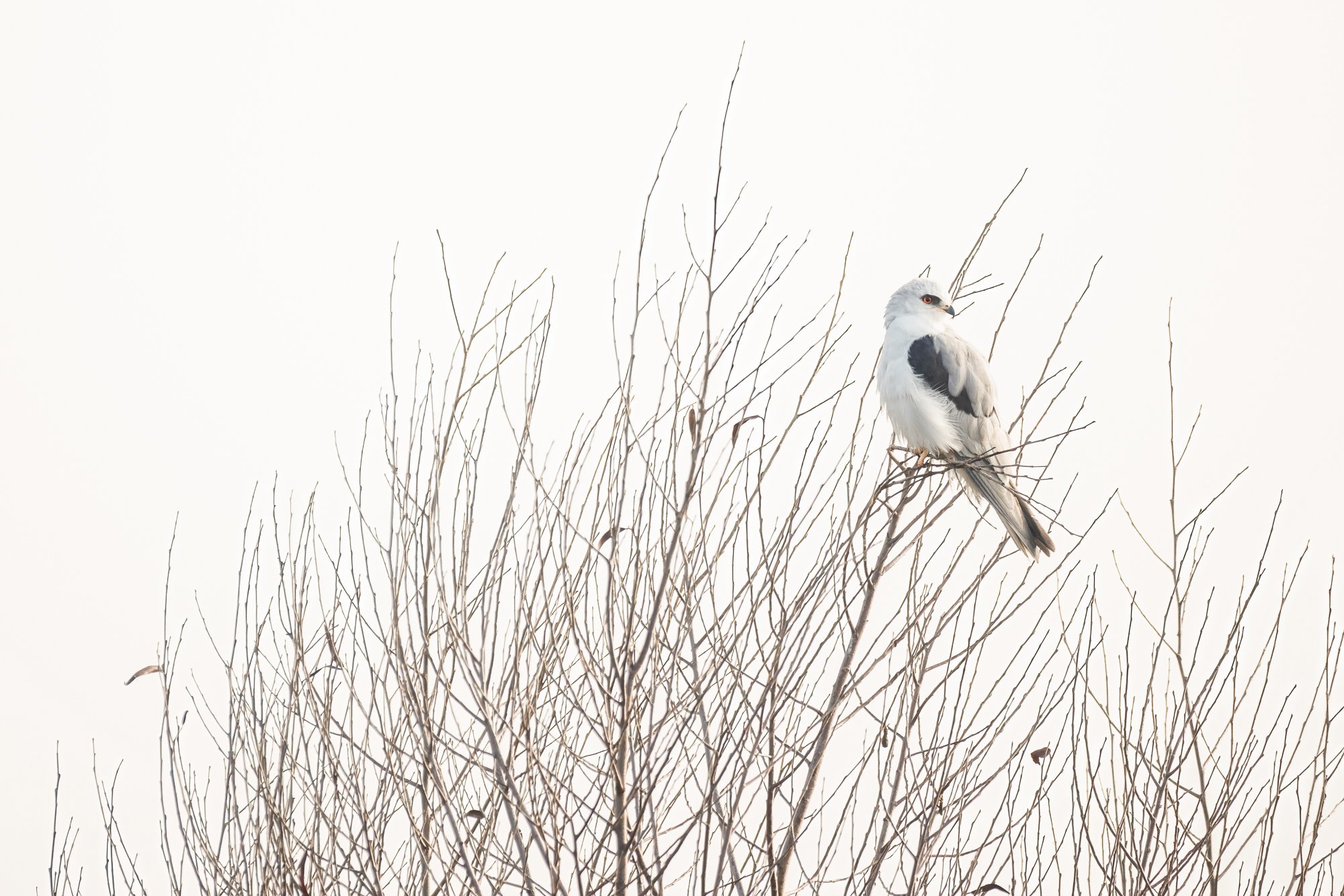
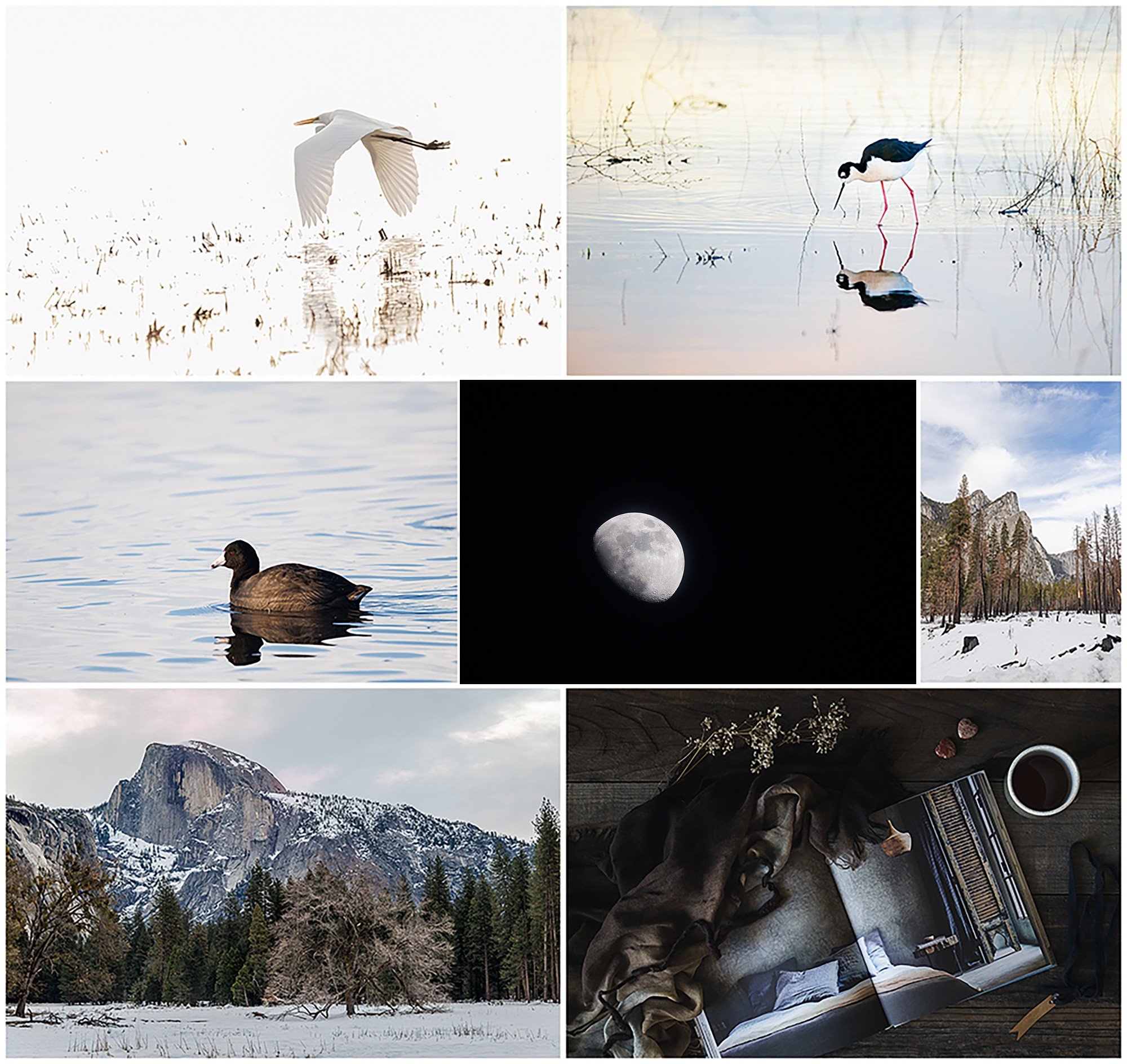







When I learned that the grebes were ‘rushing’, it wasn’t long before some friends and I had a plan to photograph them. Just a couple of hours away from where I live, there were foxes in the area to photograph as well.